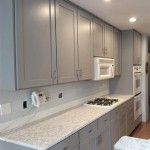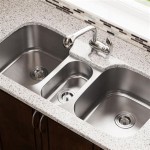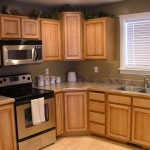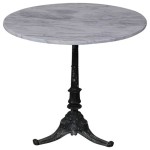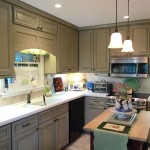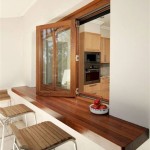Kitchen cabinet measurements are an important part of the overall design of a kitchen. Proper measurements ensure that all components fit together to create a cohesive, efficient, and aesthetically pleasing kitchen. This article will provide an overview of the types of measurements used in kitchen cabinet design, as well as tips for taking proper measurements.
Types of Kitchen Cabinet Measurements
There are three main types of kitchen cabinet measurements: wall measurements, cabinet measurements, and countertop measurements. Each type of measurement is used to determine the size and shape of the kitchen space, as well as the size and shape of the cabinets, countertops, and other components.
Wall Measurements
Wall measurements are used to determine the size and shape of the kitchen space. This includes measurements of the walls, ceiling, and floor. Wall measurements are also used to determine the placement of cabinets, countertops, and other features.
Cabinet Measurements
Cabinet measurements are used to determine the size and shape of the cabinets that will be installed in the kitchen. This includes measurements of the height, width, depth, and any other special features (e.g. pull-out drawers, shelves, etc.).
Countertop Measurements
Countertop measurements are used to determine the size and shape of the countertop that will be installed in the kitchen. This includes measurements of the length, width, depth, and any other special features (e.g. overhang, sink cutouts, etc.).
Tips for Taking Proper Measurements
Taking proper measurements is essential for creating a well-designed kitchen. Here are some tips to help you take the most accurate measurements possible:
- Measure twice and mark once: take measurements multiple times to be sure that you have the most accurate measurements possible. Mark the measurements on the wall or other surfaces to ensure that you don’t forget them.
- Take measurements from multiple angles: take measurements from multiple angles to ensure that you have the most accurate measurements possible. This includes measuring from the floor, ceiling, and walls.
- Measure all components: measure all components of the kitchen, including cabinets, countertops, and any other features. This will ensure that everything fits together properly.
- Use a ruler: use a ruler to ensure that your measurements are as accurate as possible. This will also help you mark the measurements in the correct place.
Conclusion
Kitchen cabinet measurements are an essential part of the overall design of a kitchen. Proper measurements ensure that all components fit together to create a cohesive, efficient, and aesthetically pleasing kitchen. This article provided an overview of the types of measurements used in kitchen cabinet design, as well as tips for taking proper measurements. Following these tips will help you take the most accurate measurements possible, ensuring that your kitchen is designed to perfection.















Related Posts

